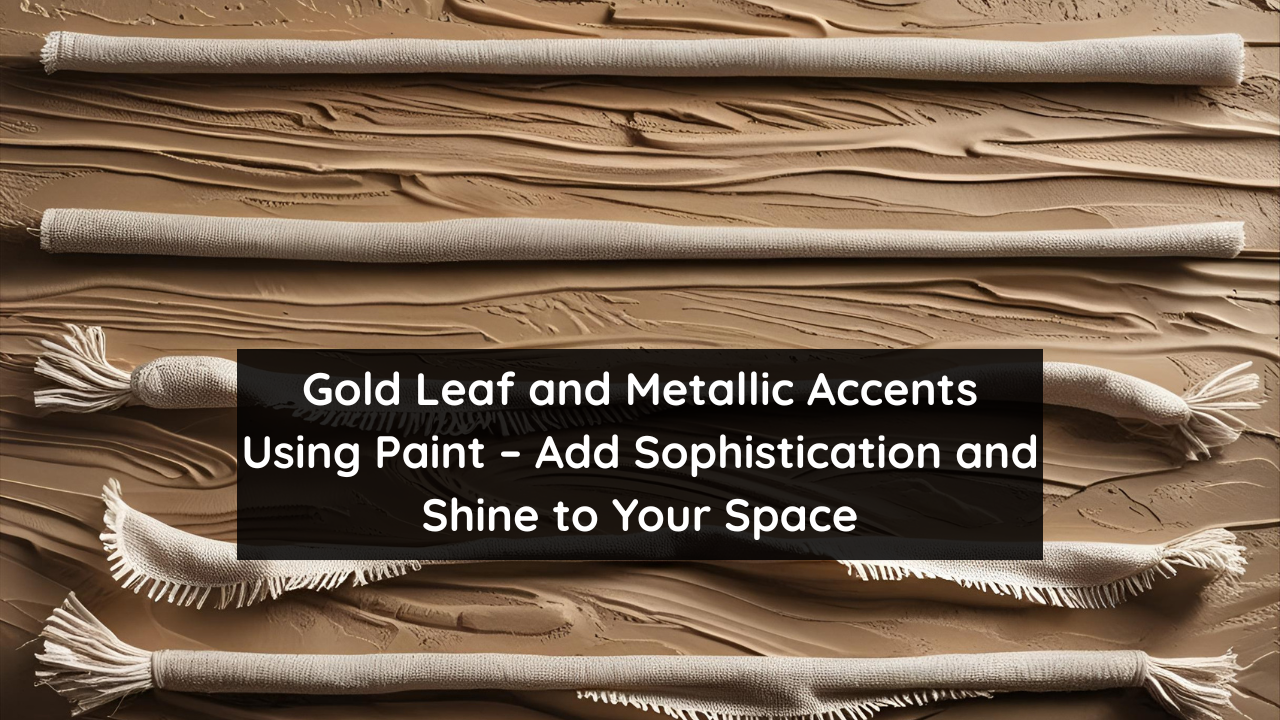Looking to add texture and elegance to your walls without using wallpaper or heavy materials? Rag rolling and dragging are two traditional faux finishing techniques that continue to impress—even in modern spaces. Once used to mimic aged plaster or fabric textures, these methods are now enjoying a revival with updated colors and cleaner finishes that suit today’s interior styles.
In this guide, you’ll learn how to apply both techniques effectively and how to adapt them for sleek, contemporary homes.
Table of Contents
- What Are Rag Rolling and Dragging?
- Why These Techniques Still Work Today
- Materials You’ll Need
- How to Rag Roll: Step-by-Step
- How to Drag Paint for a Brushed Effect
- Modern Applications and Design Ideas
- Final Thoughts
What Are Rag Rolling and Dragging?
Rag rolling involves applying or removing glaze using a twisted or bunched-up rag to create a soft, marbled, or fabric-like texture on walls.
Dragging (also called strié) involves pulling a dry brush or special tool through a glaze layer to produce linear, linen-like streaks.
Both techniques originated in European decorative painting traditions and can be tailored for traditional or modern interiors depending on color and execution.
Why These Techniques Still Work Today
- They add texture and visual interest to flat walls
- Great for accent walls, powder rooms, or formal spaces
- Adaptable to soft neutrals, moody tones, or bold colors
- Require minimal materials and are beginner-friendly
- Ideal for giving walls a high-end finish without the cost of specialty wallpapers or materials
Materials You’ll Need
Here’s what to gather for either method:
| Item | Use |
|---|---|
| Latex or acrylic paint | For base coat |
| Glaze mixed with top color | For layered texture (typically 1:4 paint to glaze) |
| Rags (cotton or lint-free) | For rolling technique |
| Brush or dragging tool | For dragging/strié finish |
| Painter’s tape | For protecting adjacent areas |
| Paint tray | For blending and blotting glaze |
| Drop cloths | To protect floors and furniture |
How to Rag Roll: Step-by-Step
1. Prep and Paint the Base Color
Apply a solid base coat and allow it to dry completely. Choose a flat or satin finish for best results.
2. Mix and Apply the Glaze
Mix glaze with a topcoat color of your choice. Apply it in small sections using a roller or large brush.
3. Roll the Rag Over the Wet Glaze
Twist a clean rag into a cylinder and lightly roll it over the wet glaze in random motions. This lifts some of the glaze and leaves behind a soft, textured pattern.
4. Blend as Needed
Continue section by section, re-twisting the rag frequently to maintain a fresh pattern. Feather edges to avoid visible lines.
How to Drag Paint for a Brushed Effect
1. Start with a Smooth Base
Use a neutral or pale base color and let it dry thoroughly.
2. Apply Glaze Mixture
Use a brush or roller to coat the wall in your glaze and paint mixture.
3. Drag the Brush Vertically or Horizontally
While the glaze is still wet, pull a dry dragging brush or wallpaper brush through the glaze in long, steady strokes. This will leave fine, linear streaks for a woven or brushed effect.
4. Repeat for Consistency
Work quickly to maintain a uniform look. Overlap slightly between strokes, but avoid dragging over areas that are already dry.
Modern Applications and Design Ideas
| Technique | Contemporary Uses |
|---|---|
| Rag Rolling | Soft, cloudy finishes in minimalist or boho spaces |
| Dragging (Strié) | Vertical textures on dining room or bedroom accent walls |
| Tone-on-tone | Use subtle color variations for an elegant, understated effect |
| Metallic Glaze | Add shimmer to either method for luxury-style interiors |
Pair these finishes with modern lighting and simple furnishings to balance texture with clean lines.
Final Thoughts
Rag rolling and dragging techniques prove that classic finishes can still feel fresh when applied with a modern touch. These textured styles bring softness, depth, and movement to any wall, making your space feel more polished and thoughtfully designed.
With just a few tools and a creative approach, you can transform plain walls into refined surfaces that reflect both tradition and trend.

